Can kids ride bikes on sidewalks? The short answer is YES. There are no laws prohibiting kids from cycling on sidewalks in many states across the USA.
*Kindly note that the answer above and the information below do not constitute legal advice.
American roads are increasingly becoming dangerous for cyclists. The number of cyclists killed or injured on public roads has gradually increased over the last ten years. Because of this, many parents are not comfortable letting their kids cycle on public roads.
Since sidewalks are separated from public roads, they are somewhat safer to cycle on. However, in many states across the US, adults are prohibited from cycling on sidewalks. Allowing adults to cycle on sidewalks makes the sidewalks dangerous for pedestrians.
Nevertheless, in many states across the country, kids can ride their bikes on sidewalks. This is because kids generally cycle slower than adults. Therefore, they do not pose a significant danger to pedestrians. Another reason why kids are allowed to cycle on sidewalks in many states is because they are too young to be on public roads riding side-by-side with vehicles.
Kids, especially those below fourteen, do not have the motor skills, the thinking, and the quick judgment needed to avoid danger on public roads or city streets. Therefore, they are not prohibited from riding their bikes on sidewalks where they are safer.
In short, kids are allowed to ride bikes on sidewalks in many jurisdictions because they do not pose a significant danger to pedestrians and are safer cycling on sidewalks rather than city streets / public roads.
Where Can Kids Ride Bikes on Sidewalks?
Follow the table below to know where your kid can cycle on sidewalks across the country. While looking at the table, please note that local jurisdictions usually have their own rules on who can ride on sidewalks.
| State | Can Kids Ride Bikes on Sidewalks? | Things to note |
|---|---|---|
|
Alabama |
No |
|
|
Alaska |
Yes |
· No riding side by side · Bike riding on sidewalks is forbidden in CBDs |
|
Arizona |
Possible |
· No state legislation forbidding bike riding on sidewalks · Cities are allowed to have specific bike laws |
|
Arkansas |
Yes |
· No state legislation forbidding bike riding on sidewalks · Pedestrians have the right of way |
|
California |
Yes |
· No state legislation forbidding bike riding on sidewalks · Local governments allowed to make their own rules |
|
Colorado |
Yes |
· No state legislation forbidding bike riding on sidewalks · Pedestrians have the right of way |
|
Connecticut |
Yes |
· No state legislation forbidding bike riding on sidewalks · Local governments prohibit such bike riding except for kids |
|
Delaware |
Yes |
· No state legislation forbidding bike riding on sidewalks · Pedestrians have the right of way |
|
Florida |
Yes |
· Allowed by state law · It may not be allowed by local governments depending on age |
|
Georgia |
Yes |
· Allowed by state law for kids under 12 years of age · Local government rules may be slightly different |
|
Hawaii |
Yes |
· Some local government rules allow · Cyclists must ride at low speed (below 10kph) |
|
Idaho |
Yes |
· Allowed for children in many jurisdictions · Cyclists must give an audible signal to pedestrians |
|
Illinois |
Yes |
· State law allows it · Some local governments forbid it |
|
Indiana |
Yes |
· State law allows it · Some local governments forbid it |
|
Iowa |
Yes |
· Kids are allowed to tide on sidewalks · Restrictions on riding on sidewalks in CBDs |
|
Kansas |
Yes |
· Some local government rules allow · Cyclists must ride at low speed |
|
Kentucky |
No |
|
|
Louisiana |
Yes |
· No state legislation forbidding bike riding on sidewalks · Local governments prohibit such bike riding except for kids |
|
Maine |
Yes |
· No state legislation forbidding bike riding on sidewalks · Local governments prohibit such bike riding except for kids |
|
Maryland |
No |
· Some local government rules allow |
|
Massachusetts |
Yes |
· Some local government rules allow · Pedestrians have a right to way |
|
Michigan |
Yes |
· Some local government rules allow · Pedestrians have a right to way |
|
Minnesota |
Yes |
· No Minnesota law against riding on sidewalks · Local rules apply |
|
Mississippi |
Yes |
· No state legislation forbidding bike riding on sidewalks · Local rules apply |
|
Missouri |
Yes |
· Pedestrians have a right to way · Local rules apply |
|
Montana |
Yes |
· Local rules apply · Pedestrians have a right to way |
|
Nebraska |
Possible |
· Not prohibited for children |
|
Nevada |
Possible |
· Not prohibited for children |
|
New Hampshire |
No |
|
|
New Jersey |
Yes |
· No state legislation forbidding bike riding on sidewalks |
|
New Mexico |
Possible |
· Not prohibited for children |
|
New York |
Yes |
· Forbidden for children above 12 years of age |
|
North Carolina |
No |
|
|
North Dakota |
No |
|
|
Ohio |
Yes |
· No state legislation forbidding bike riding on sidewalks |
|
Oklahoma |
Yes |
· No state legislation forbidding bike riding on sidewalks · Pedestrians have the right of way |
|
Oregon |
Yes |
· Pedestrians have the right of way |
|
Pennsylvania |
Yes |
· Pedestrians have the right of way · Not allowed when bike lanes are present · Not allowed in central business districts |
|
Rhode Island |
Yes |
· Pedestrians have the right of way |
|
South Carolina |
Possible |
· No state legislation forbidding bike riding on sidewalks |
|
South Dakota |
Yes |
· Local rules apply · Pedestrians have the right of way |
|
Tennessee |
No |
|
|
Texas |
Yes |
· No state legislation forbidding bike riding on sidewalks |
|
Utah |
Yes |
· Local rules apply · Pedestrians have the right of way |
|
Vermont |
Possible |
· No state legislation forbidding bike riding on sidewalks |
|
Virginia |
Yes |
· Local rules apply · Pedestrians have the right of way |
|
Washington |
Yes |
· Pedestrians have the right of way |
|
West Virginia |
Yes |
· Pedestrians have the right of way |
|
Wisconsin |
No |
|
|
Wyoming |
No |
8 Things You Need to Know Before Letting Your Kid Ride On Sidewalks
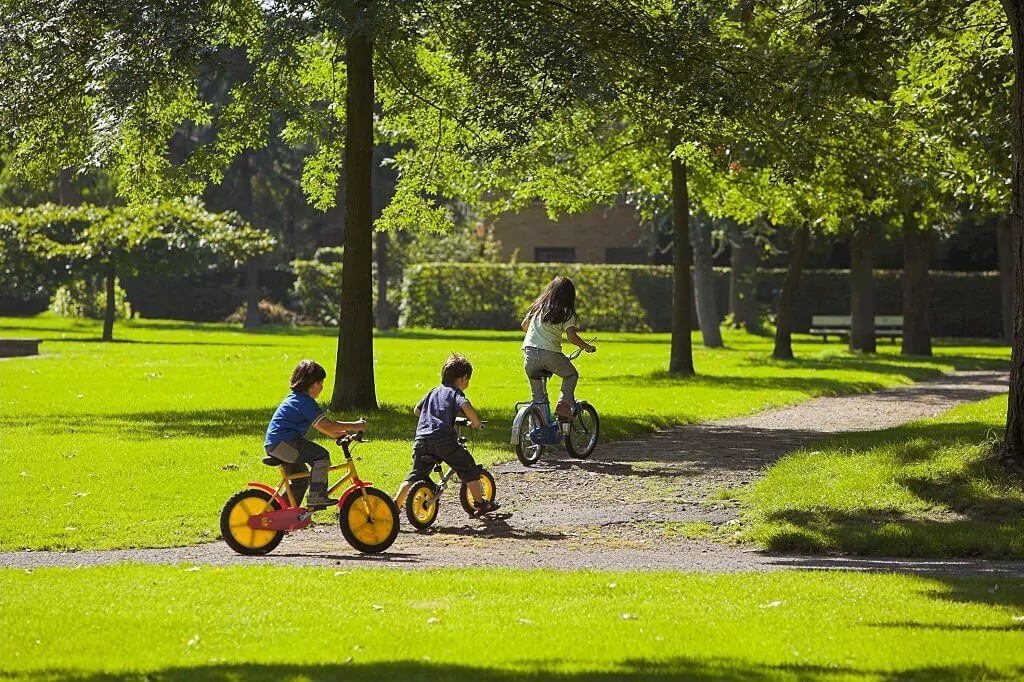
Knowing whether your son or daughter can ride their bikes on sidewalks helps boost your confidence when you allow them to cycle to school. Besides, it gives kids a safer option to ride their bikes around. Finally, it signals that you are a bike-safety-oriented parent who wants nothing less than the best for their kiddo.
There have been questions about what age is appropriate for kids to ride their bikes on sidewalks, with some arguing that it should be age 12 and under. Nevertheless, the NHTSA recommends that children younger than ten years old can ride on sidewalks instead of roads for their safety.
Now that we have shown you where kids are allowed to cycle on sidewalks let us look at some precautions you need to take even as you allow them to enjoy riding their bicycles.
1. Helmets are a must for kids, even on sidewalks
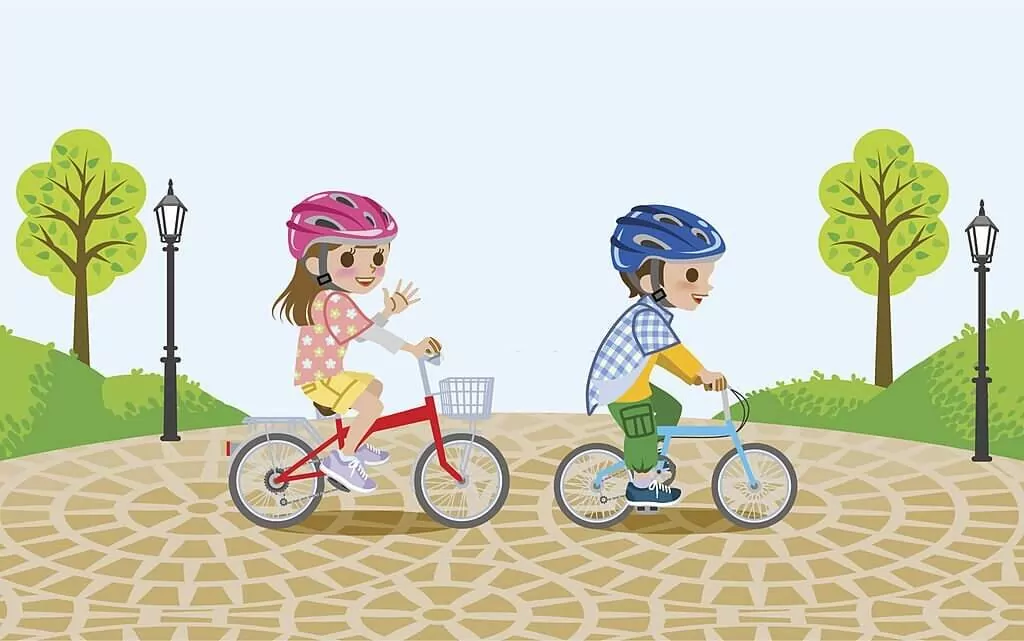
Sidewalks are safer than city streets and public roads. They are safer because they do not have motorists on them. Because sidewalks are safer than city streets, some parents think helmets are not a must when their kids are cycling on sidewalks. But this is not the case. Helmets are a must for kids, even on sidewalks. They are a must because of two reasons.
First, they are a must because young cyclists can get into accidents even on sidewalks. And when this happens, it should happen with them having a helmet on for head protection.
Second, they are a must because the law requires children to wear them (particularly children under 14).
Check our reviews of kids-specific helmets. If you are looking for ponytail-friendly girl’s helmets, we have reviewed the best.
2. Only sidewalk-ready bikes should be on sidewalks
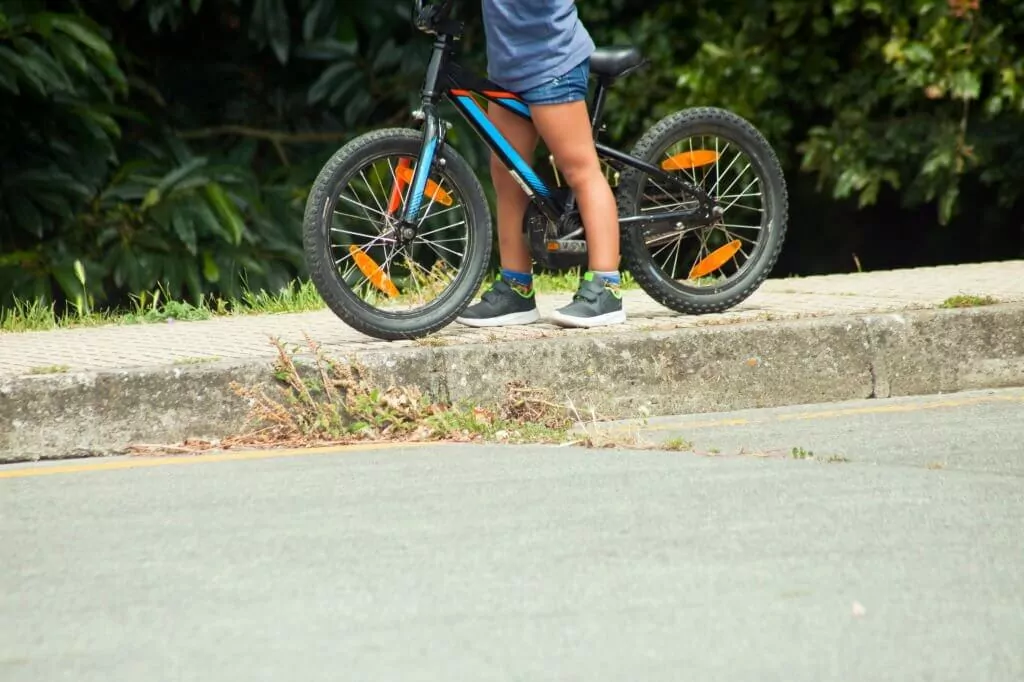
A sidewalk-ready bike is a bike that is equipped with three things.
First, it has a bell. A bell is necessary for a sidewalk-bound bike because sidewalks usually have pedestrians. By installing a bell on your child’s bike, you will make it very easy for them to warn pedestrians when they come across them on the sidewalks. Luckily, we have reviewed some of the best kids’ bike bells that you can purchase for your little kiddo.
Second, it has working brakes. Unfortunately, some children’s bikes do not have brakes. This should never be the case for a sidewalk-bound bike. Brakes are important on sidewalks to ensure young cyclists can slow down or stop when necessary. In addition, they make cyclists less dangerous for pedestrians on sidewalks. We have weighed in on the debate surrounding V-brakes and disc brakes on kids’ bikes, read and understand what is best for your kids.
Lastly, it has lights. A sidewalk bike must have a headlight and a taillight for enhanced visibility, particularly in low light conditions. In addition, you must make sure pedestrians can easily see your child, reducing the possibility of them crashing into someone.
3. Pedestrians have the right way on sidewalks
While the law allows children and even adults to ride on sidewalks in many states, pedestrians still have the right of way. In other words, pedestrians are under no obligation to move aside when they come upon bikes on sidewalks.
You must explain this to your kid. You must let them know what is expected of them when cycling on sidewalks. You must also tell them to be courteous to those walking on sidewalks and always ride their bikes slowly. Your kid could accidentally injure pedestrians if they think they have the right of way on sidewalks.
4. Practice makes perfect
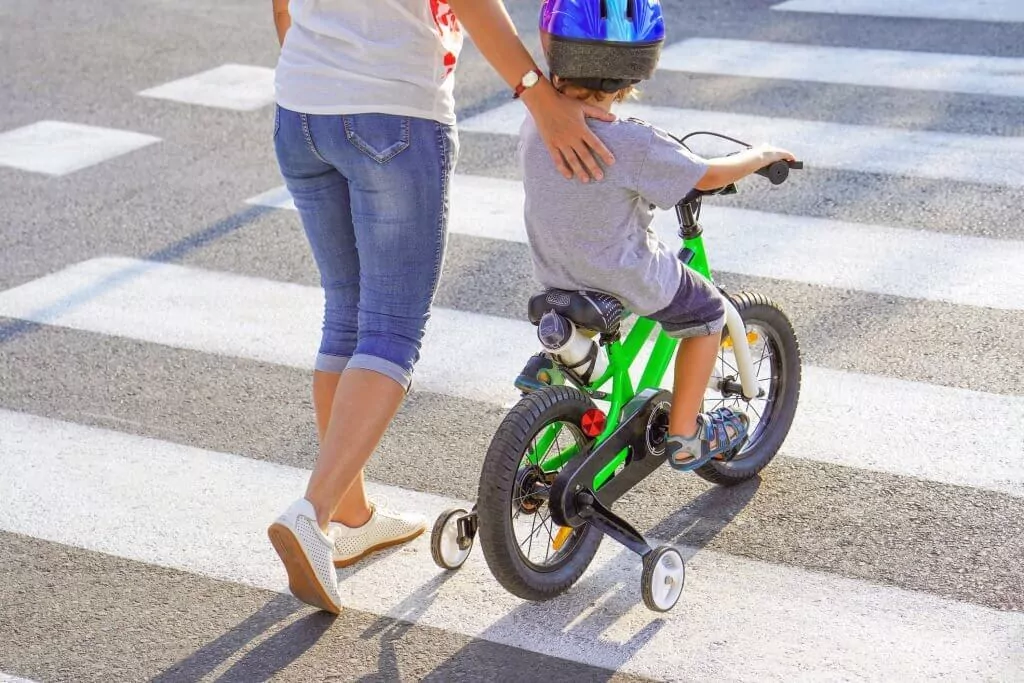
When your child is below fourteen, they are allowed to ride on sidewalks in many states. When they get older than fourteen, they are required by the law to cycle on city streets or public roads in many states. So when your child starts riding on sidewalks, teach them all the things they need to know about cycling on streets. Let them practice all the rules of street cycling on sidewalks before they are prohibited from cycling on sidewalks by law.
Teach them to always cycle on the right-hand side of sidewalks. This will ensure they are used to cycling on the right side of the road when they are finally required to cycle on public roads or city streets.
Besides, teach them always to be observant and aware of their surroundings on sidewalks. This will ensure they are aware of their surroundings when they start street cycling. They will undoubtedly be safer on the streets when they get too old to be cycling on sidewalks.
5. There is a way to pass pedestrians politely
Your child needs to know how to pass pedestrians politely when riding on sidewalks. There are all sorts of pedestrians on sidewalks, including walkers, joggers, mothers with strollers, people in wheelchairs, dog walkers, etc. All these pedestrians have the right of way on sidewalks.
Teach your child how to pass these pedestrians politely. Tell them to do this by ringing their bell gently, announcing they will pass on the right, and then thanking the pedestrians for giving way. Your child should never make other road users feel uncomfortable on the sidewalks.
6. Driveways can be dangerous
While it is relatively safe for your child to ride on sidewalks than on public roads, it is not 100 percent safe. Therefore, your child should be very observant and be ready to act when riding their bikes on sidewalks. This is especially true when your child rides on sidewalks that cut through driveways.
Your child can be knocked down at such intersections by a car backing out of a driveway. So make sure your child is aware of this before you let them ride on sidewalks. Show them where they could get knocked down and what to do when they come upon driveway-sidewalk intersections.
7. Obeying traffic rules is a must
You must teach your child the most important traffic rules. You must teach them to what to go for and what to avoid. This will help them to be safe on sidewalks.
For example, when your child sees a stop sign, you must teach them to stop. Likewise, when your child needs to cross an intersection, you must teach them to walk their bikes rather than ride across the intersections on them.
Teaching your child the necessity of obeying traffic rules will make them responsible road users and reduce their likelihood of getting knocked down or injured by other road users.
8. Local governments have the final say
Local governments have the final say on whether your child can or cannot ride on sidewalks. So consult with the public information office of your city or locality before you allow and tell your kid to ride their bike on sidewalks. This could save you dollars.
Final remarks
Children below sixteen are generally allowed to cycle on sidewalks in most states across the US. The main reason is that they do not have the mental sharpness or quick judgment to cycle in busy streets or across complex intersections.
While children are allowed to cycle on sidewalks in many places, there are some things you need to know to ensure they are safe and that they do not pose any danger to pedestrians. You now know these things. If your kid can cycle on sidewalks in your area, you must ensure they are adequately prepared for sidewalk cycling before letting them do it.

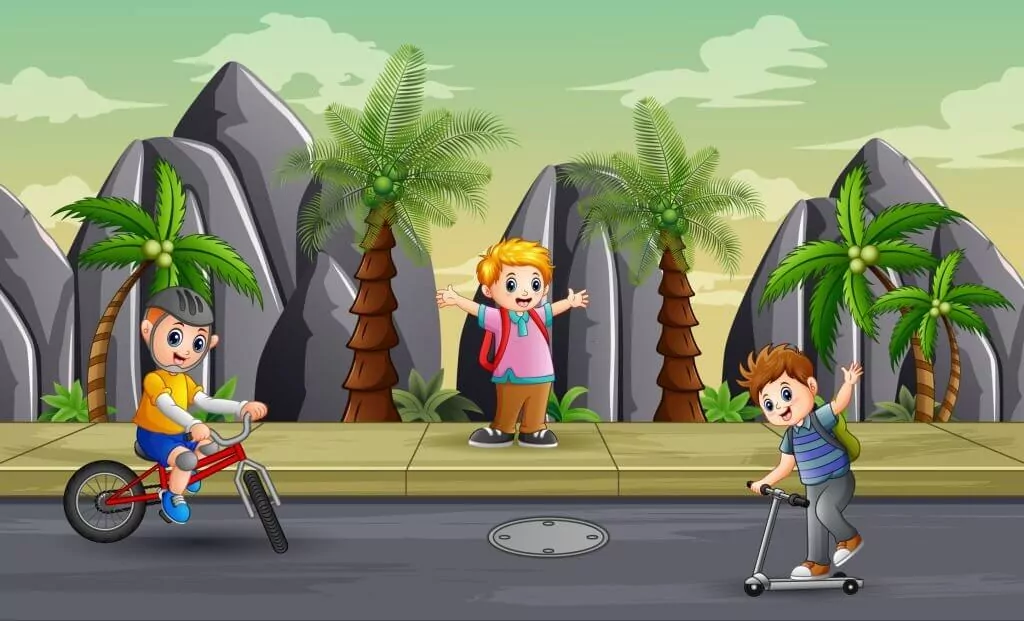



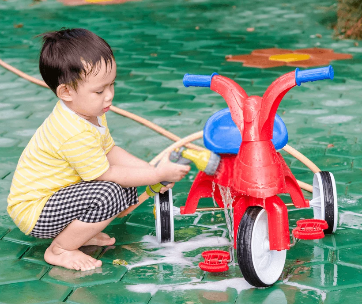
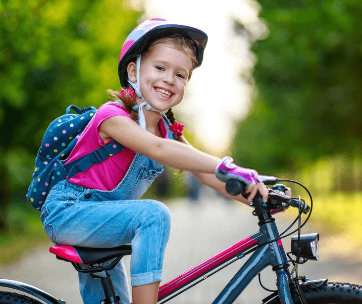
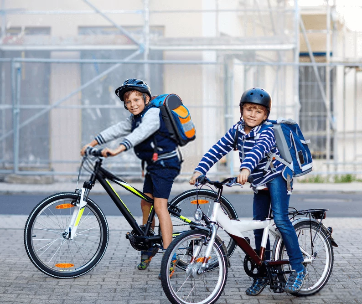
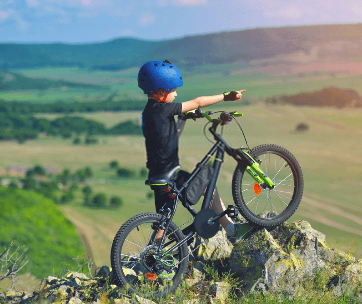

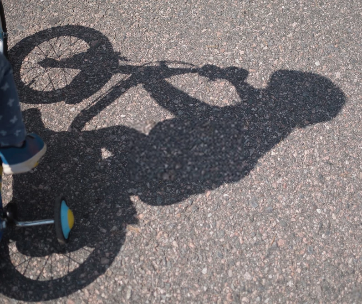

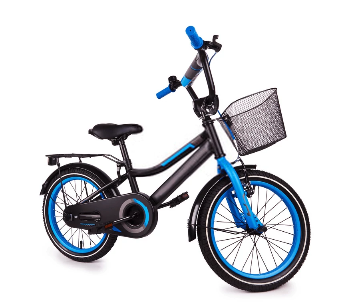

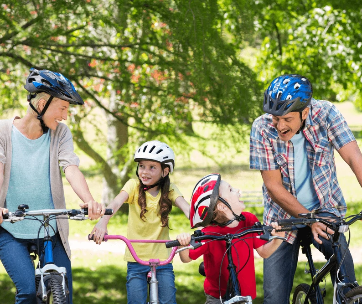
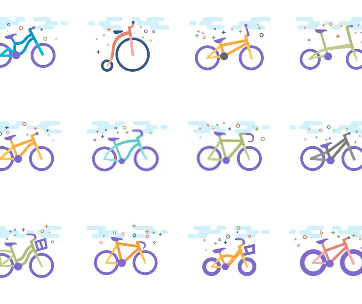




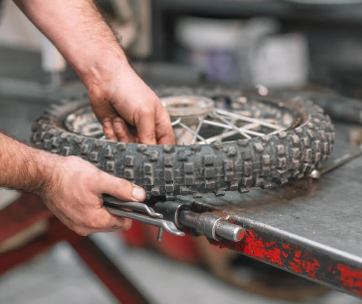

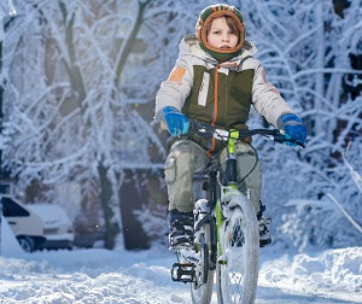



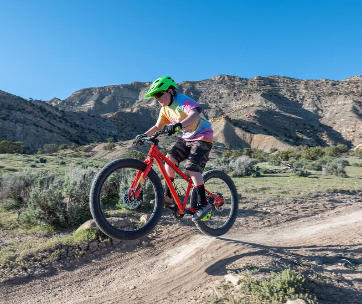
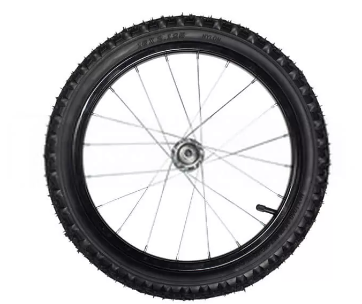
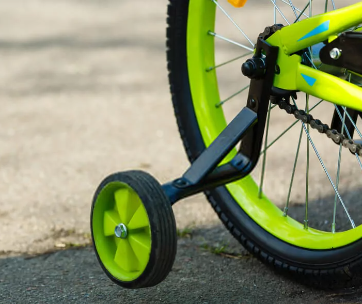
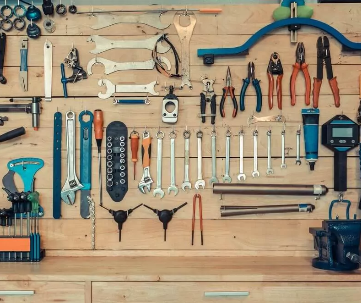
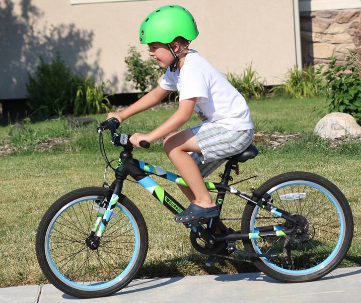
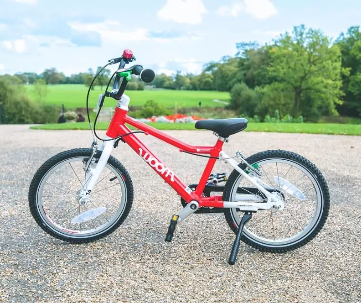
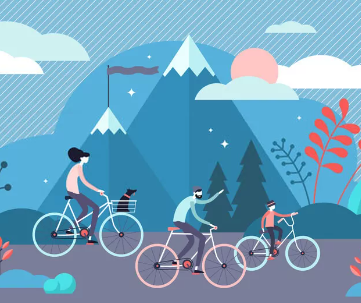
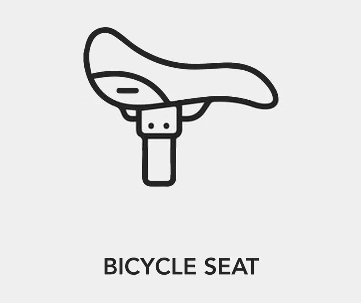
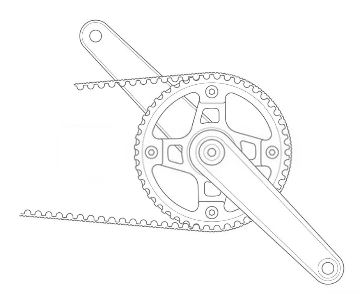
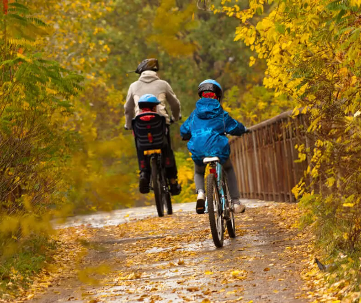


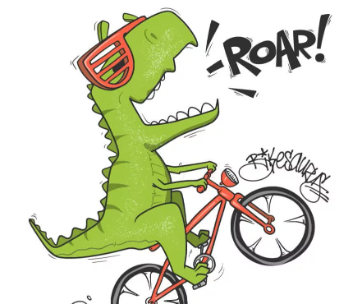
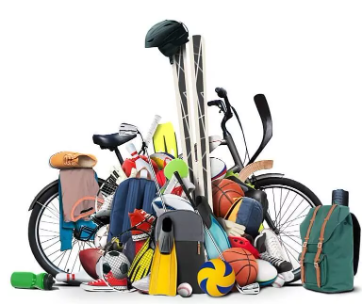
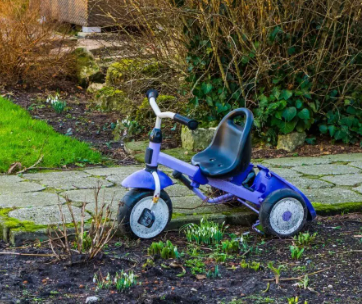
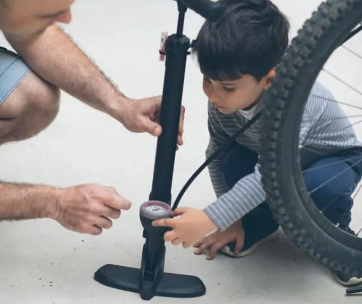
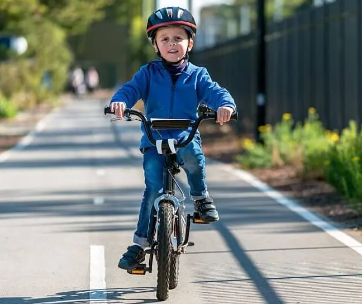
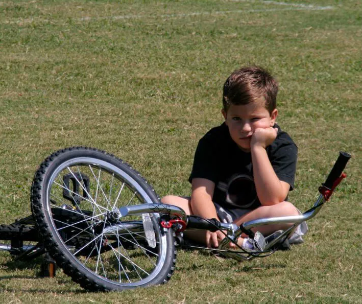
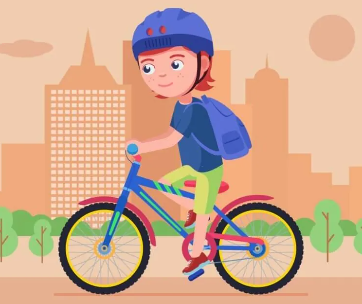
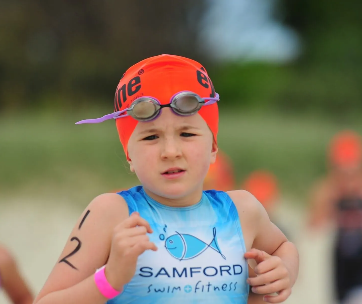


Comments